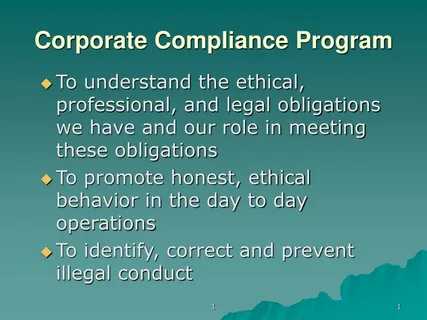In multi-unit residential or commercial properties, managing shared spaces and facilities is crucial for maintaining a harmonious living or working environment. Central to this is the body corporate, an entity responsible for the upkeep and administration of common property. However, conflicts often arise regarding maintenance responsibilities, sometimes escalating into legal disputes. Understanding Body Corporate Maintenance Obligations: When Disputes Turn Legal is essential for all stakeholders involved.
What Are Body Corporate Maintenance Obligations?
Body corporate maintenance obligations refer to the duties imposed on the management entity of a strata or community scheme to ensure that common property—such as gardens, hallways, elevators, roofs, and external walls—is properly maintained and repaired. These obligations typically cover routine maintenance, emergency repairs, and long-term asset management to preserve property values and ensure safety.
The body corporate collects levies from individual owners to fund these maintenance activities. Clear guidelines and rules are usually set out in the body corporate’s by-laws or the community management statement, specifying who is responsible for what maintenance tasks.
Common Causes of Maintenance Disputes
Despite clearly outlined obligations, disputes arise frequently over maintenance issues. These conflicts might include disagreements about:
- The extent of repairs required
- The adequacy and timing of maintenance work
- Levy increases to cover unexpected expenses
- Responsibility for damages caused by individual owners or external factors
When disputes over Body Corporate Maintenance Obligations are not resolved amicably, they can escalate into legal battles, straining relationships among owners and increasing costs.
When Disputes Turn Legal: Navigating the Challenges
Legal disputes related to body corporate maintenance obligations generally arise when parties feel that their rights or obligations have been breached. Common scenarios include:
- Owners refusing to pay increased levies for maintenance they disagree with
- Claims against the body corporate for negligence or failure to maintain common property
- Disagreements over who is liable for damage costs, especially where negligence is alleged
Resolving these disputes legally involves formal processes such as mediation, adjudication by a tribunal, or court proceedings. Legal intervention can provide clarity and enforce compliance but often at a significant financial and emotional cost.
How to Prevent Legal Disputes in Body Corporate Maintenance
Preventing disputes from escalating to legal action is preferable for all involved. Some proactive steps include:
- Clear communication and transparency regarding maintenance plans and costs
- Regular meetings and consultations with all owners
- Timely and professional inspections and repairs
- Well-drafted by-laws that clearly define maintenance responsibilities
- Employing experienced property managers to oversee maintenance obligations
Conclusion
Understanding Body Corporate Maintenance Disputes Turn Legal highlights the importance of proper management and dispute resolution mechanisms in shared property arrangements. While maintenance disputes are often inevitable, addressing them early and collaboratively can prevent costly legal battles and help maintain a peaceful community environment.



